Care of the Gerbera or African Daisy
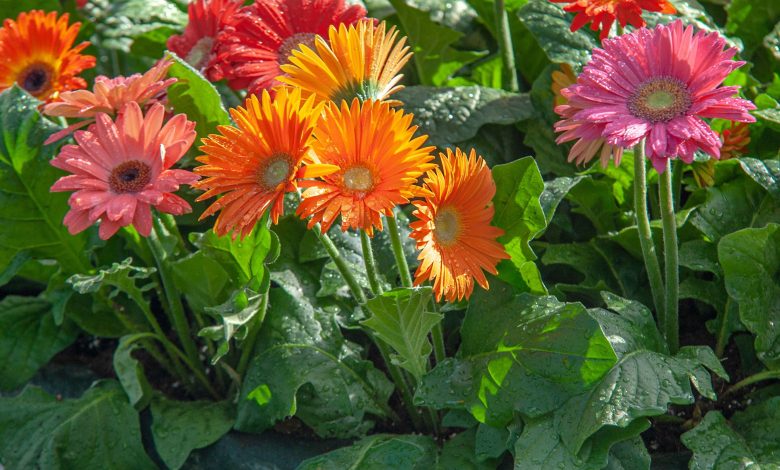
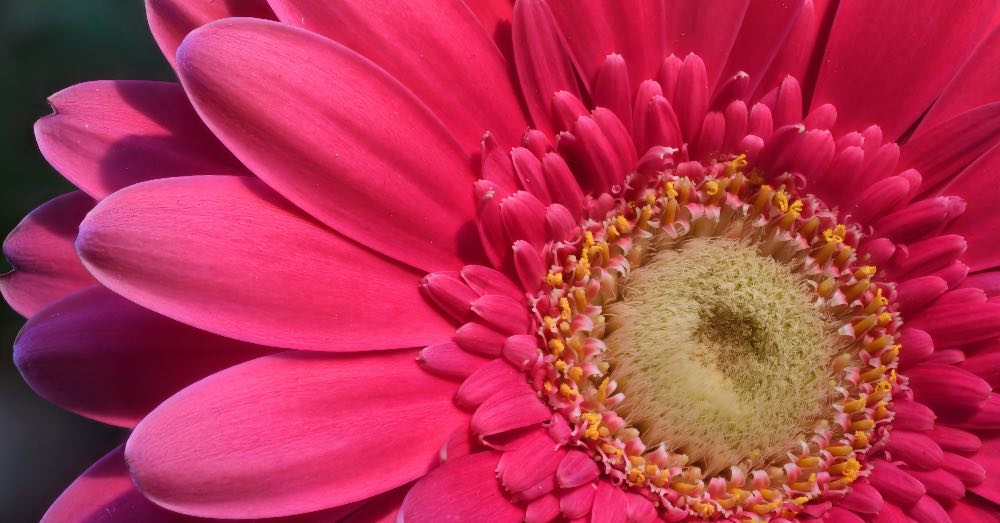
Knowing in depth the care of the Gerbera is synonymous with enjoying one of the most beautiful blooms of the hot months. And not only because of the range of colors of its flowers but, above all, because of its imposing size. One that does not go unnoticed and that makes this natural beauty one of the five most demanded flowers in the world for florist compositions. But, beyond its attractiveness, it is worth knowing another important detail. Having it implies enjoying one of the purifying plants that will clean your home more completely, since it is capable of eliminating all kinds of substances from the air.
Let’s start knowing something interesting. This wonderful plant is popularly known as African Daisy. A name that is only half true, since it is not related to the popular flower but, due to the arrangement of its petals and corolla, it bears an amazing resemblance. What this nickname is right about is its origins: the Gerbera is native to the African continent. An origin that makes it a perfect plant if we consider how to make a Mediterranean garden or if we are looking to have a low-irrigation garden.
And yes: it is a plant that is easy to fall in love with because of its beauty but, above all, because the care of the Gerbera makes it extremely easy to enjoy it.
KNOW THE CARE OF THE GERBERA
Although it usually conquers us for the beauty of its flower, it is interesting to know what the rest of the plant is like. Due to its herbaceous nature, its leaves cannot go unnoticed either. Intense green with grayish touches, it is perennial so it will last despite the absence of flowering. Being rigorous with the care of the Gerbera, it can reach a wingspan of 60 centimeters in height. A size that makes it the perfect candidate to be planted directly in the garden soil, although it can also be grown in a pot.
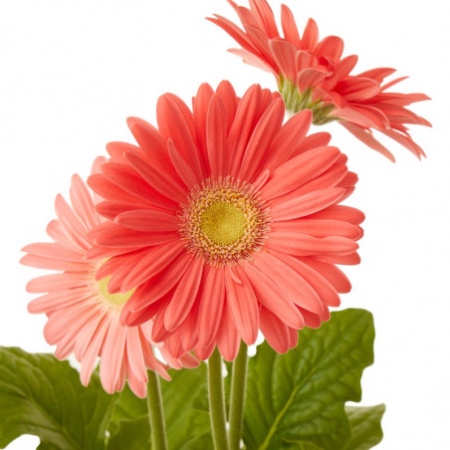
Apart from its characteristics, there is another interesting detail that we must know. The Gerbera is a plant that comes from rocky and sandy soils. Something that might not seem important, but that gives us an idea of its hardiness and indicates that it may also be on the list of the best plants for rockeries. A space in which they can provide an extremely attractive point of verticality and grow without inconvenience.
1. An exposure to full sun, key in the care of the African Daisy
Considering their origins, it’s not surprising to learn that they appreciate a good dose of sun. Despite this, if we live in a very hot climate they will be more comfortable in a semi-shaded place where they receive the early morning sun.
2. Good drainage, essential for your well-being
If we take into account that, in nature, they grow in sandy soils, we can imagine that they do not tolerate waterlogging. For this reason, both planted in the ground and cultivated in a pot, we must ensure that our Gerbera has effective drainage that favors the elimination of excess irrigation water.
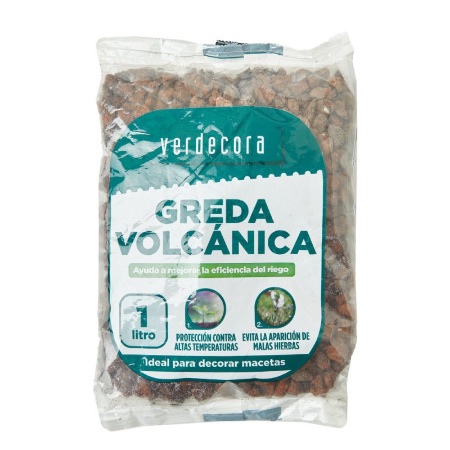
And this is fundamental: no matter how much we know how to recover a plant with excess water, it is very likely that in this case we will not be able to do it. Both its rhizome and its roots rot quickly.
3. Regular watering in months of growth, something that we cannot neglect in the care of the Gerbera
One of the cares of the African Daisy that we will have to closely monitor due to its low tolerance to excess irrigation. Although it is a plant that tolerates drought, in the spring and summer months it is important to water it regularly, always guiding us by one detail: that the substrate is dry. Thus, the usual is a pattern of two weekly irrigations in spring, and up to four irrigations in summer months.
And the rest of the year? One watering every four days will suffice.
4. Transplant at the end of flowering, a task that we must not forget
Extremely important if we grow the Gerbera in a pot. We are talking about a plant that, during its growing months, takes the opportunity to develop its roots. That is why it is more than usual that, when we take it out of the pot, we see that they have completely colonized the substrate.
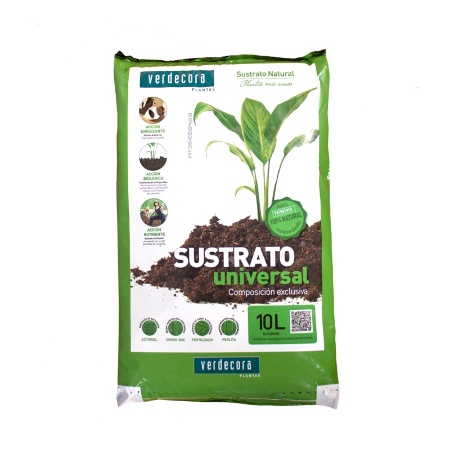
The ideal time to transplant it is once flowering is over and after cutting the flower stems. Due to its undemanding nature, it will only need a universal substrate. And remember: good drainage.
5. Extreme cold, one of its great enemies
Due to its origins, closely controlling the temperature must be one of the cares of the African Daisy that we cannot neglect. Although your comfort temperature is around 20 degrees, you have to be very careful when it comes to drops in the thermometer.
For this reason and if we live in a cold climate, the ideal is to grow it in a pot to be able to protect it from the drop in winter temperatures. And, if we have it planted directly in the ground and a cold wave surprises us, we will necessarily have to mulch it and cover it with a thermal protection blanket.
And watch out for drafts: they don’t look good on you.
6. A regular subscriber, the best way to help the African Daisy to flourish
Due to its character, the Gerbera is extremely generous with its flowers. But in order to maintain that rhythm, which begins in the spring months and practically ends with the arrival of autumn, you will need a regular dose of nutrients.
For this reason, and as long as our plant has been planted for more than a year, it is advisable to apply a dose of fertilizer every 15 days in spring.
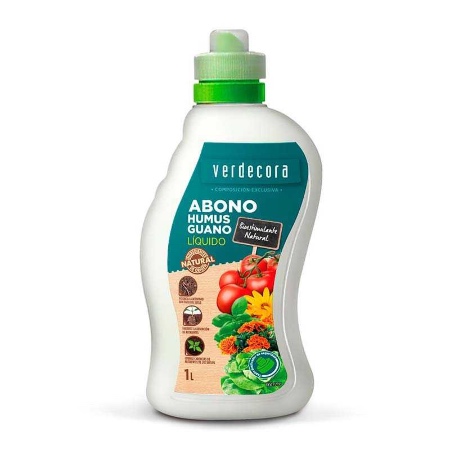
In addition, and with a view to preparing it for the cold months, it is also advisable to maintain this same regularity during the fall.
7. Pests, adversaries that we won’t have to worry about if we follow the care of the Gerbera to the letter
Interestingly, and despite the fact that being healthy it has a natural resistance to pests, we cannot relax. Whitefly, mites and aphids can see in it a succulent morsel. For this reason and to protect Gerbera plants from pests, there is nothing like strictly complying with its care; and, in case of detecting the presence of insects, stop the infection with an ecological acaricide insecticide.
In addition to this, we must closely monitor chlorosis and fungal diseases, which can occur due to excessive irrigation.
Undemanding care to enjoy a plant that will fill the hot months with color and joy. You can not ask for more!

![Photo of How to Germinate Orange Seeds: [Time, Actions, Place and Steps]](https://www.complete-gardening.com/wp-content/uploads/2022/08/how-to-germinate-orange-seeds-time-actions-place-and-steps-390x220.jpg)
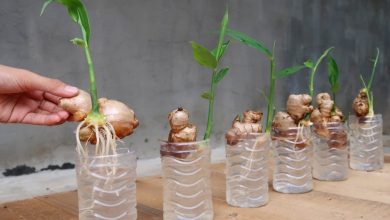
![Photo of Cultivating Passion Fruit in Spain: [Cultivation, Care, Pests and Diseases]](https://www.complete-gardening.com/wp-content/uploads/2022/08/cultivating-passion-fruit-in-spain-cultivation-care-pests-and-diseases-390x220.jpg)
![Photo of Bold: [Characteristics, Detection, Effects and Treatment]](https://www.complete-gardening.com/wp-content/uploads/2022/08/bold-characteristics-detection-effects-and-treatment-390x220.png)